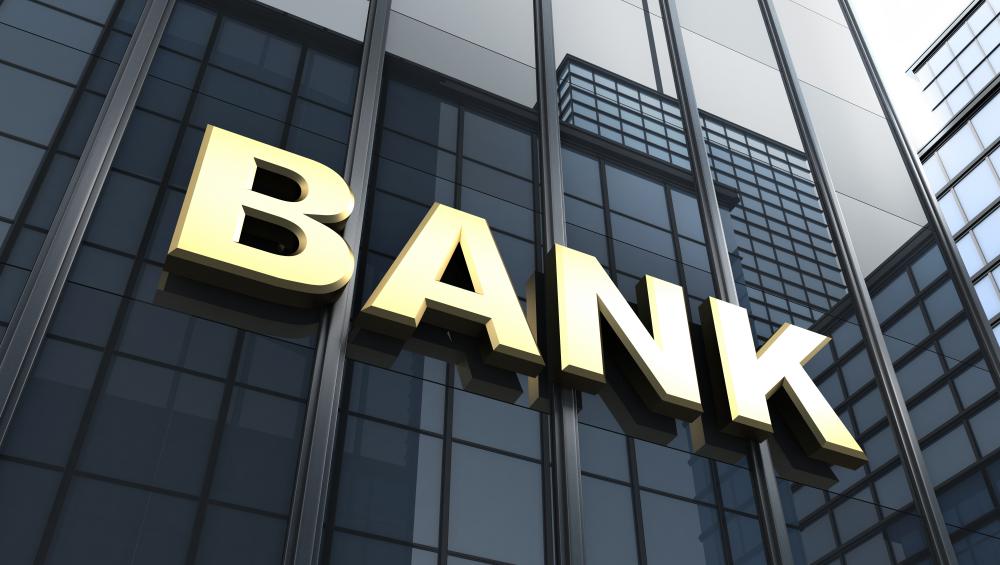At WiseGEEK, we're committed to delivering accurate, trustworthy information. Our expert-authored content is rigorously fact-checked and sourced from credible authorities. Discover how we uphold the highest standards in providing you with reliable knowledge.
What is Tier 1 Capital?
Tier 1 capital refers to the financial health of a bank. Often used by regulatory agencies in developed economies, this type of capital is looked upon to determine the solvency of a financial institution. Common stock equity is a key measure of a bank's financial strength and represents the most commonly used component in calculating a bank's tier 1 capital. Its use in evaluating a company's financial health is helpful because it is a measure of liquid assets that have a clear value and provides a degree of certainty both to regulators and investors.
Technically, tier 1 capital is a measure of a bank's core capital, which includes its common stock and its disclosed reserves. Common stock represents a percentage of the firm that is owned by common-stock shareholders. Disclosed reserves are profits that are generated by a company outside of distributions made to shareholders in the form of cash or stock dividends. This capital is also measured in a mathematical equation known as a tier 1 capital ratio. This calculation is made by dividing a firm's tier 1 capital by its risk-weighted assets, or those assets on a balance sheet, such as loans, that are measured based on credit risk.

Another way to measure this capital is to consider an investor's holding. It is a calculation of the amount paid by shareholders to obtain a partial ownership stake in a bank, that is the price paid to buy stocks, combined with profits generated by the bank, with the exception of any losses that might have been incurred. The original investment amount for each individual share combined with the increase in value per share represents the tier 1 capital amount for investors.
By law, banks are required to maintain a certain level of tier 1 capital on the balance sheet, depending on the region where the headquarters are located. In the United States, that level must be maintained at 4% or more. A ratio of more than 13 percent implies that a company is conservative and prudent with its spending and capital reserves.
In some cases, a tier 1 ratio can be a deceiving measure of a company's financial strength. This is because, in addition to the equity capital and disclosed reserves, there can be other hidden assets not reported on a balance sheet. Tier 3 assets, for instance, cannot be valued in a straightforward manner. These assets might be a piece of real estate or complex trading instruments, such as derivatives, whose values are based on assumptions or expectations. Without adding these assets to a bank's overall financial structure, the actual financial health of the institution might be compromised.
AS FEATURED ON:
AS FEATURED ON:











Discussion Comments
In my experience, one sign that your bank's Tier 1 Capital financial health is slipping is an increase in fees for seemingly strange or simple services. Another trick can be offering more special offers and rates than usual, and some which seem too good to be true- the bank is desperately trying to get more customers to fix it's bottom line. If you feel like your bank is offering a lot of strange things and charging you for unfair things, it might be time to change.
Post your comments